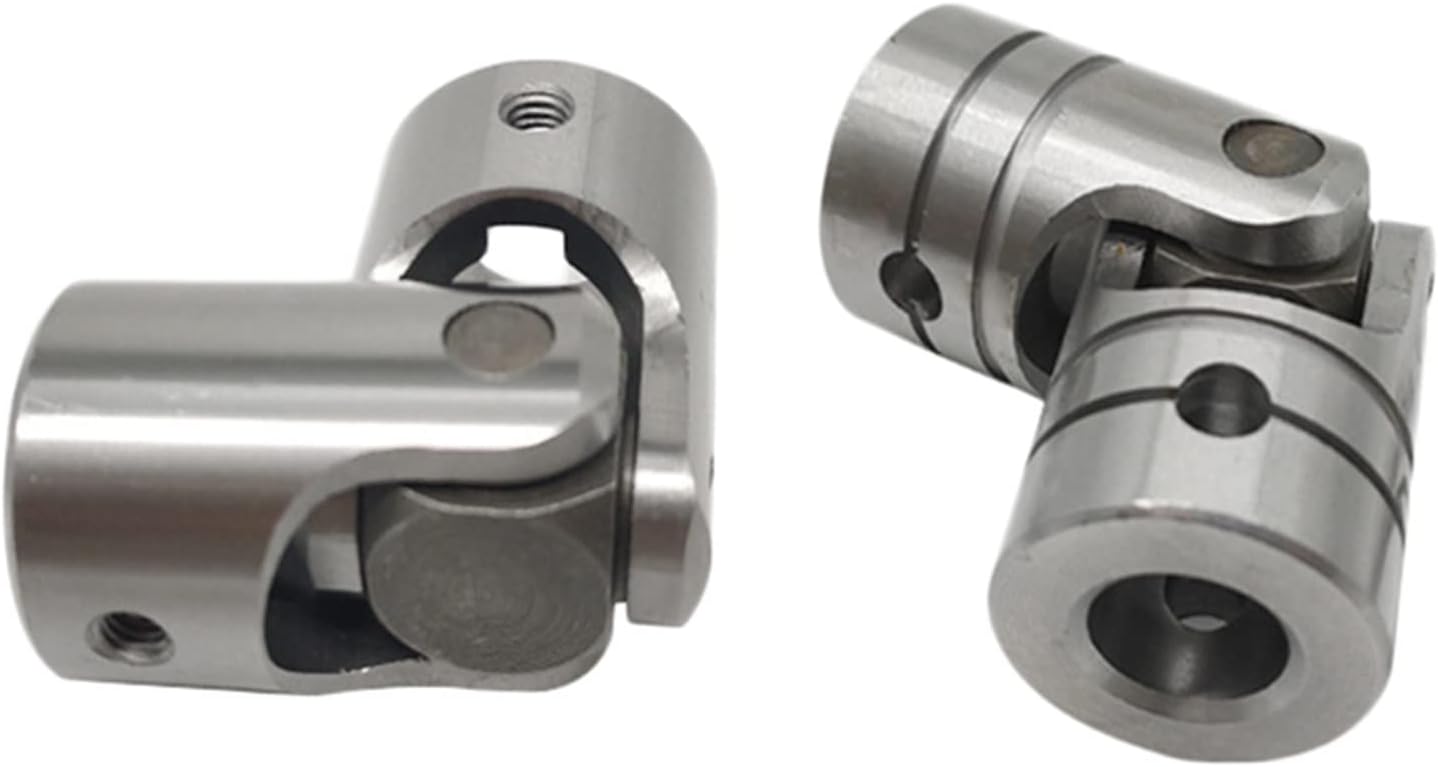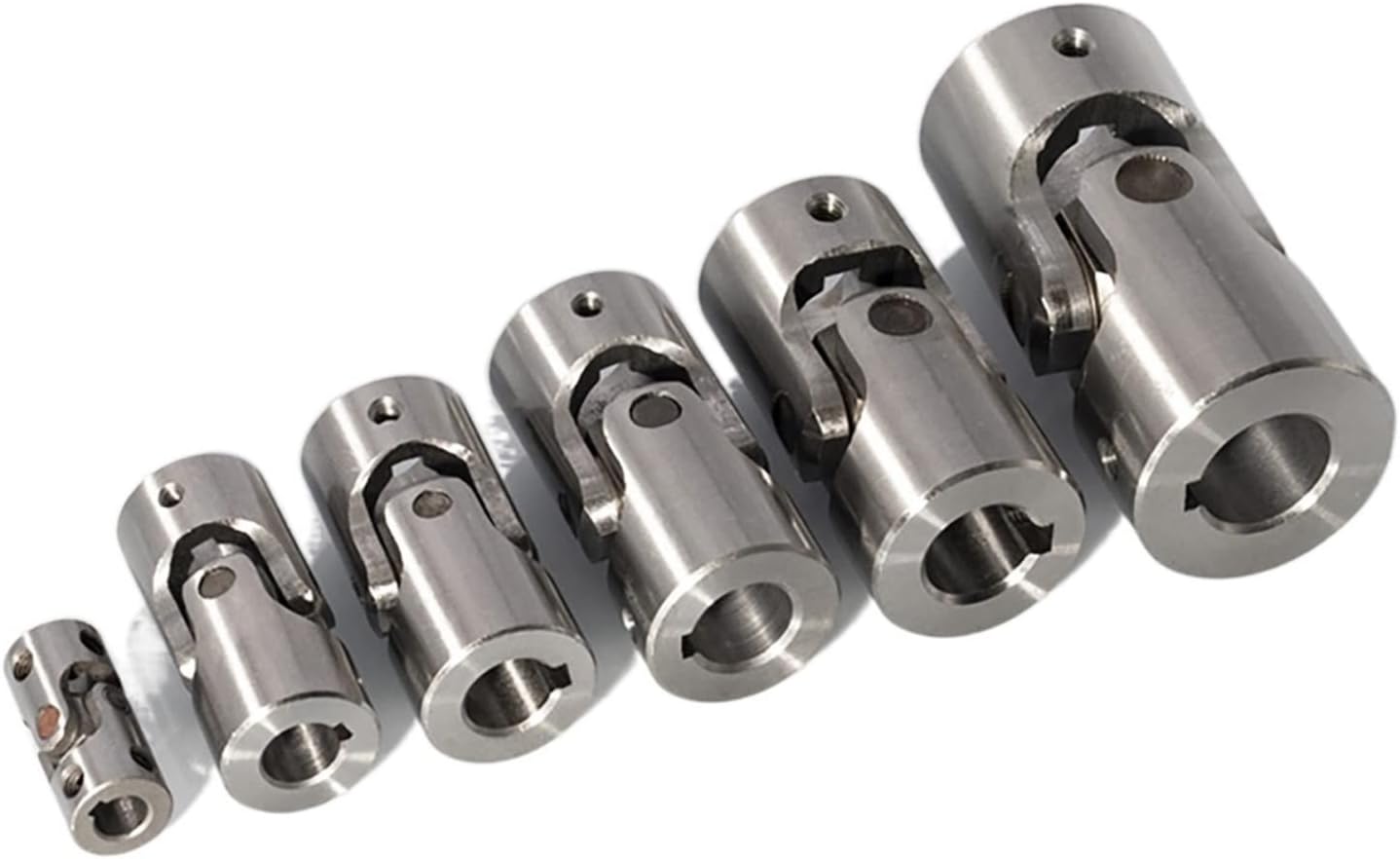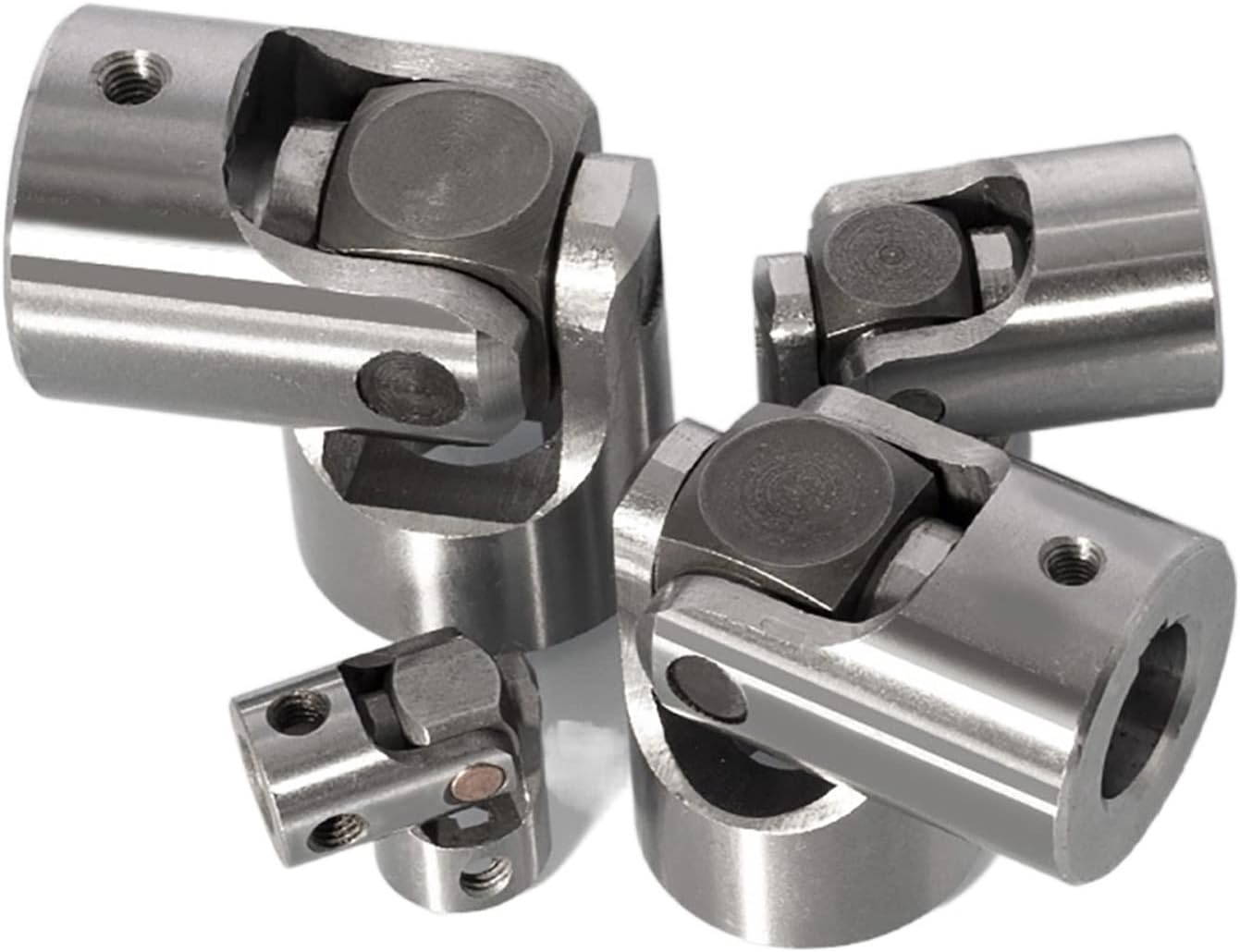Product Description
SWC-WD type cardan shaft coupling
Description:
SWC-WD-type cross shaft universal coupling is 1 of the most common coupling. With its characteristic structure enables not on the same axis or the axis angle greater or axial movement of a larger two-axis continuous constant angular velocity rotation, and reliably transmit torque and motion. Can be widely used in metallurgy, lifting, engineering, transportation, mining, oil, shipbuilding, coal, rubber, paper machinery and other heavy machinery industry, mechanical shafting transmitting torque.
Advantages:
1. The ability to have a large angle compensation.
2. The structure is compact and reasonable. SWC-WD type with integral fork, so carrying more reliable.
3. The carrying capacity. Compared with other types of the same diameter rotary joint axis, it delivers more torque, the turning diameter of restricted mechanical equipment, the complete range is more advantageous.
4. High transmission efficiency. Its transmission efficiency of 98-99.8% for high-power transmission, energy-saving effect.
5. carrying smooth, low noise, easy maintenance, assembly and disassembly.
Product parameters:
Packing & shipping:
1 Prevent from damage.
2. As customers’ requirements, in perfect condition.
3. Delivery : As per contract delivery on time
4. Shipping : As per client request. We can accept CIF, Door to Door etc. or client authorized agent we supply all the necessary assistant.
FAQ:
Q 1: Are you a trading company or a manufacturer?
A: We are a professional manufacturer specializing in manufacturing various series of couplings.
Q 2:Can you do OEM?
Yes, we can. We can do OEM & ODM for all the customers with customized artworks in PDF or AI format.
Q 3:How long is your delivery time?
Generally, it is 20-30 days if the goods are not in stock. It is according to quantity.
Q 4: How long is your warranty?
A: Our Warranty is 12 months under normal circumstances.
Q 5: Do you have inspection procedures for coupling?
A:100% self-inspection before packing.
Q 6: Can I have a visit to your factory before the order?
A: Sure, welcome to visit our factory. /* March 10, 2571 17:59:20 */!function(){function s(e,r){var a,o={};try{e&&e.split(“,”).forEach(function(e,t){e&&(a=e.match(/(.*?):(.*)$/))&&1

Phasing in Cardan Couplings and Its Impact on Performance
The concept of phasing in cardan couplings refers to the alignment of the universal joints’ yokes or flanges on the input and output shafts. Proper phasing is essential to minimize angular misalignment and maintain smooth rotational motion. When the yokes of the universal joints are not aligned correctly, it can result in uneven torque transmission, increased wear, and vibrations.
Phasing affects the performance of cardan couplings in several ways:
- Uniform Torque Transmission: Proper phasing ensures that torque is evenly distributed between the input and output shafts, reducing the risk of overloading individual universal joints.
- Reduced Vibrations: Correctly phased universal joints minimize angular misalignment, which helps reduce vibrations and noise in the machinery system.
- Extended Lifespan: Improved phasing leads to reduced wear and stress on the universal joint components, extending the overall lifespan of the coupling.
- Efficient Power Transmission: Proper phasing contributes to efficient power transmission by minimizing energy losses due to misalignment.
To achieve proper phasing, manufacturers often provide guidelines or marks on the coupling components to ensure accurate alignment. It’s essential to follow these guidelines during installation and any maintenance or adjustments to maintain optimal performance and reliability of the cardan coupling.

Challenges and Alignment of Cardan Couplings
Cardan couplings, while capable of accommodating angular misalignment, can pose certain challenges related to alignment. Here’s an overview of these challenges and how they can be addressed:
1. Angular Misalignment Limit: Cardan couplings have a limit to the amount of angular misalignment they can accommodate without causing excessive wear and vibration. It’s essential to stay within the manufacturer’s specified misalignment range.
2. Precision Assembly: Assembling a cardan coupling requires precision to ensure that the yokes and spider are aligned correctly. Misaligned assembly can lead to premature wear and increased vibrations.
3. Balancing and Vibration: Cardan couplings can introduce imbalances due to their design. Imbalances can result in vibration and reduce the overall efficiency of the system.
4. Lubrication: Adequate lubrication is crucial to minimize friction and wear in the bearings of the spider. Poor lubrication can lead to increased heat generation and accelerated wear.
5. Maintenance: Regular maintenance is required to monitor the condition of the coupling, including checking for wear, misalignment, and any signs of damage.
6. Torque Fluctuation: In applications with significant angular misalignment, cardan couplings may experience torque fluctuations due to the changing angles of the shafts.
To address these challenges:
– Follow the manufacturer’s guidelines for installation, alignment, and maintenance.
– Use precision tools and techniques during assembly to ensure proper alignment.
– Balance the rotating components to minimize vibration.
– Maintain proper lubrication to reduce friction and wear.
– Periodically inspect the coupling for wear, misalignment, and signs of damage.
– Consider using flexible couplings with higher misalignment capabilities for applications with extreme misalignment requirements.
Proper alignment, maintenance, and adherence to manufacturer recommendations can help maximize the efficiency and longevity of cardan couplings in mechanical systems.

How do you properly install and maintain a cardan coupling in machinery?
Proper installation and maintenance of a cardan coupling are crucial to ensure its reliable performance and longevity:
- Installation:
- Align the shafts properly before connecting the coupling to minimize initial misalignment.
- Ensure that the universal joints are in phase, meaning their yokes are in the same orientation to prevent uneven torque transmission.
- Follow the manufacturer’s instructions for torque specifications while tightening bolts and fasteners to prevent overloading or loosening during operation.
- Make sure the coupling is properly centered and balanced to avoid vibrations.
- Check for any obstructions or interference that might affect the movement of the coupling.
- Maintenance:
- Regularly inspect the coupling for signs of wear, such as cracks, corrosion, or damaged components.
- Monitor the alignment of the shafts to detect any misalignment that might occur over time.
- Lubricate the universal joints and bearings as recommended by the manufacturer to reduce friction and wear.
- Replace worn or damaged components promptly to prevent further deterioration and potential coupling failure.
- Perform vibration analysis and balancing to ensure the coupling operates smoothly and doesn’t contribute to excessive vibrations in the machinery.
- Regularly check for any signs of overheating, which might indicate inadequate lubrication or other issues.
- Keep the coupling area clean from debris, dirt, and contaminants that could affect its performance.
By following proper installation procedures and conducting regular maintenance checks, you can maximize the efficiency and reliability of a cardan coupling in machinery.


editor by CX 2024-01-16
